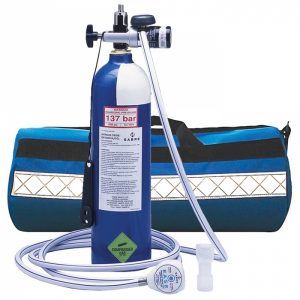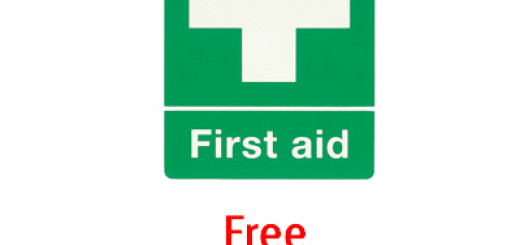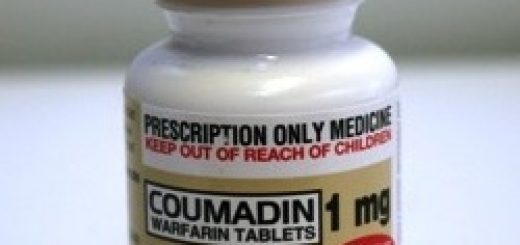Medical Gases Training: Entonox
Entonox is a mix of 50% Nitrous oxide (N2O) and 50% oxygen (O2) and is a pain relieving gas (analgesic).
When Entonox is inhaled, the onset of pain relief occurs after approximately 3 – 5 minutes and the effect is maximal after 5 – 10 minutes. It is rapidly excreted from the body (via the lungs) on cessation of inhalation, with subsequent reversal of the analgesic effect.
Benefits of Entonox
- Analgesic effect is rapid, with minimal side effects
- Analgesic effect rapidly reverses so as not to mask symptoms
- No adverse cardiac or respiratory effects when used properly
- Can be self-administered
- The 50% oxygen concentration is valuable in many medical and trauma conditions
Contra-indications of Entonox
The inhalation of Entonox causes enclosed air-pockets in the body to expand rapidly in volume (due to the gas mixture being absorbed from the blood into the airspace). This results in a build-up of pressure. It must therefore never be used if the patient has any condition where the expansion of air trapped in the body would be dangerous.
Entonox should not be used in the following situations:
- Chest injuries where there is a clinical suspicion of a pneumothorax (air in the lung)
- Head injuries with decreased levels of consciousness
- Decompression sickness (the bends), as Entonox will cause expansion of nitrogen bubbles into the bloodstream, further aggravating the problem
- Anyone who has been diving within the previous 24 hours should be considered at risk.
 Using Entonox
Using Entonox
For patients who have not previously used Entonox, explain what the gas is for and how they should use it. It is self-administered using a face mask or a mouthpiece, and the gas flow is controlled by a demand-valve which is activated by the patient’s inspired breath. Longer and deeper breaths allow greater volumes of gas to be taken into the lungs if necessary.
Provided Entonox is self-administered there is no risk of overdose or oversedation, as the patient’s level of consciousness governs his/her ability to maintain the flow of gas. Never hold the mask onto the patient’s face. There are no major interactions with other medications and the use of additional analgesics is appropriate if indicated.






